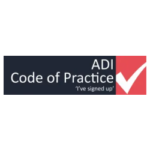GOALS FOR DRIVER EDUCATION (GDE)MATRIX
This GDE can be seen as ‘best practice’, it was developed on the basis of the knowledge of risk conditions and learning processes.
KWIK PASS Driver Training
- 75a Crawley Road, Luton, Bedfordshire, LU1 1HX
- 079 666 777 77
- info@kwikpass.org





